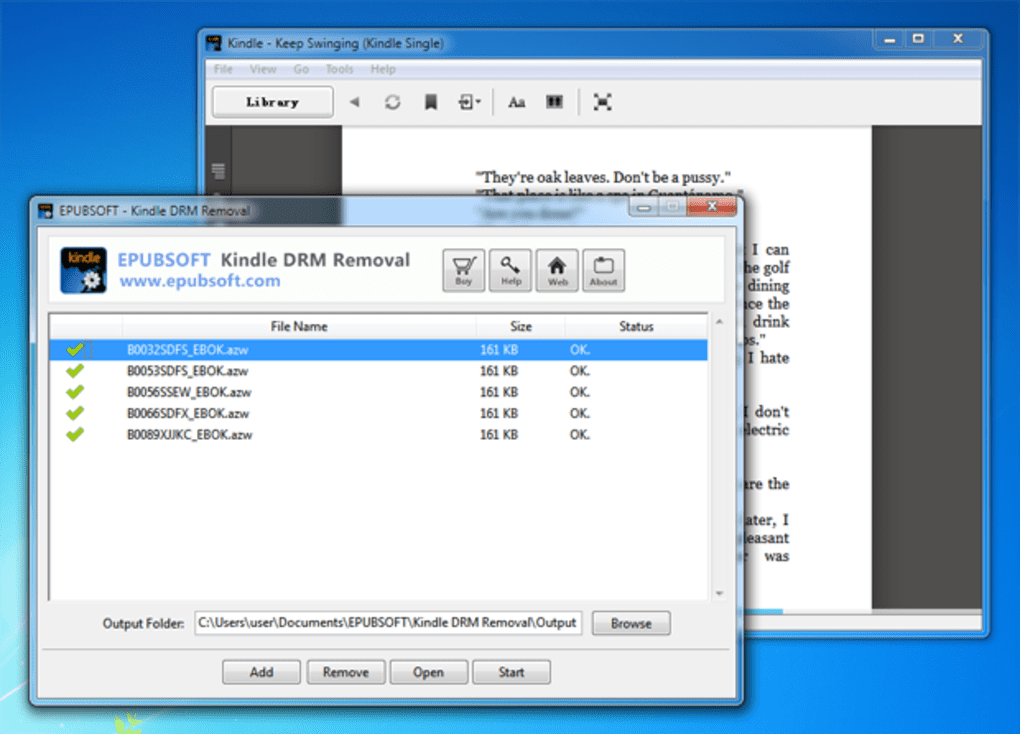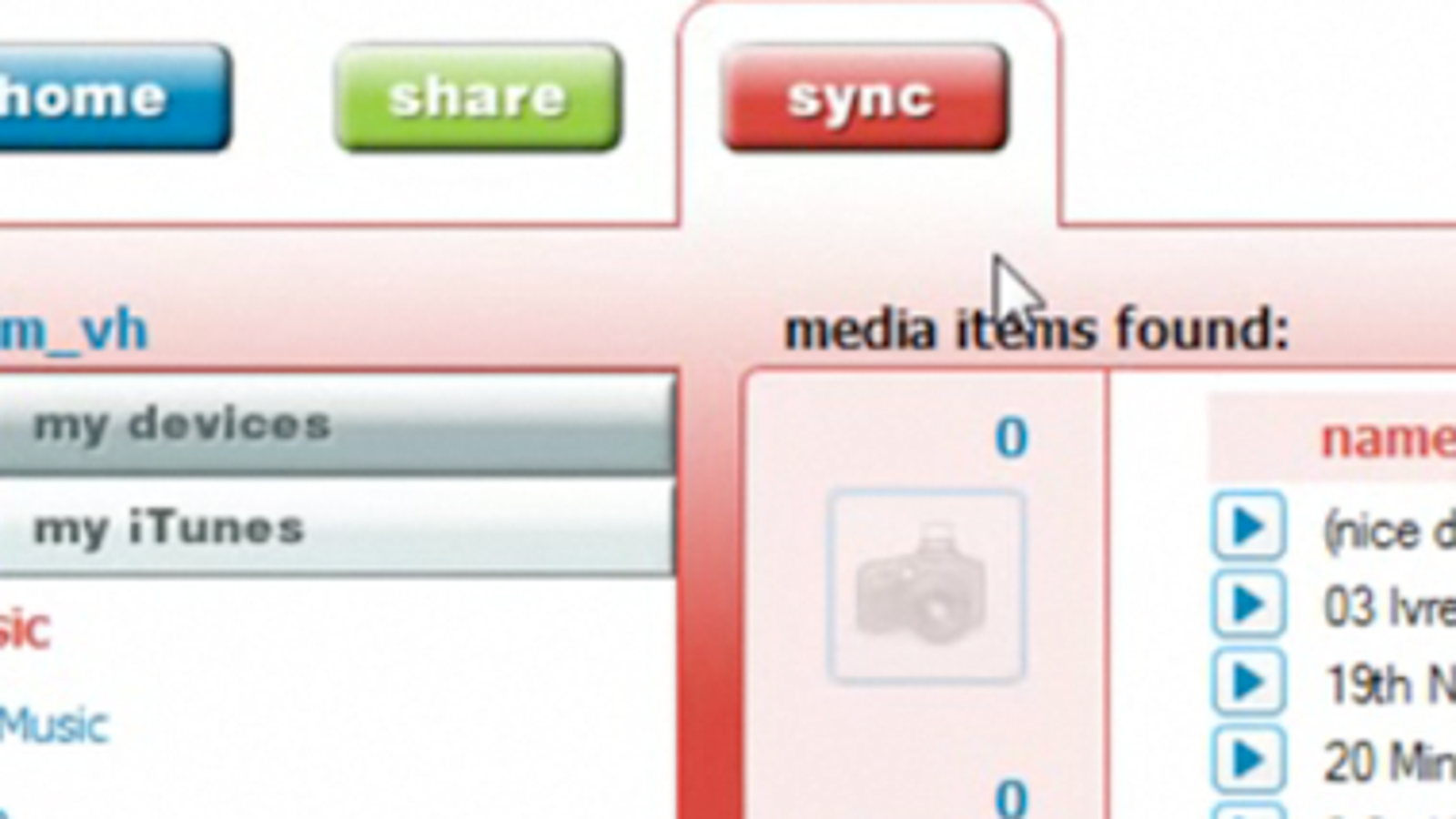

This can be annoying to the customer and may even result in lost book sales as some readers will refuse to buy books that are DRM enabled. However, DRM can prevent them from having access to the book they bought on non-Kindle devices. Many readers like to have access to their digital books on multiple devices. Unfortunately, what often happens with DRM is that it penalizes the customers of your book.

They do not like the thought of someone stealing from them and will do anything they can to prevent it from happening. Therefore, the “bad guys” you are trying to keep out can still find a way to remove the DRM.įor some authors, enabling DRM on their eBooks is one way they can protect their copyrighted work. There are ways to strip the DRM from the eBook. However, enabling DRM will not stop all piracy. The main advantage to enabling DRM on your eBook is that is adds an extra layer of protection to prevent unauthorized sharing of your copyrighted work. Now that we have covered the basics of what DRM is, let’s discuss the pros and cons of DRM and enabling it on your Kindle eBooks. It is important to note that once you publish your book, this decision regarding DRM cannot be changed. This is one of the decisions you must make when your first upload your Kindle book via the Kindle Direct Publishing (KDP) dashboard. What is DRM? DRM stands for Digital Rights Management and according to KDP it is “intended to inhibit unauthorized access to or copying of digital content files.”


 0 kommentar(er)
0 kommentar(er)
